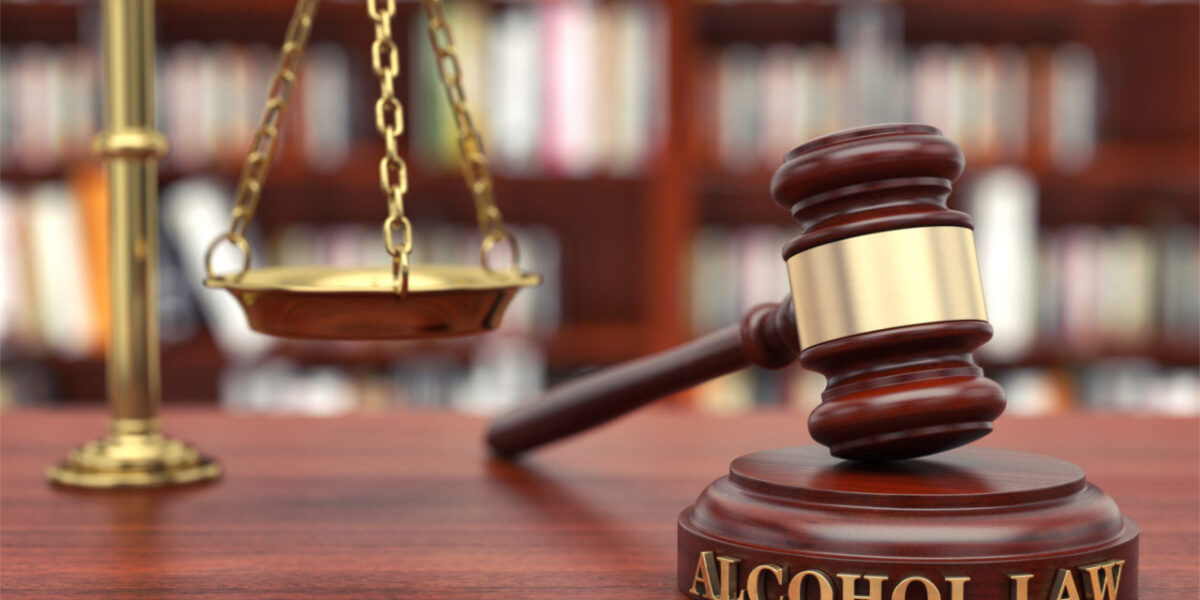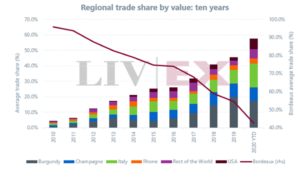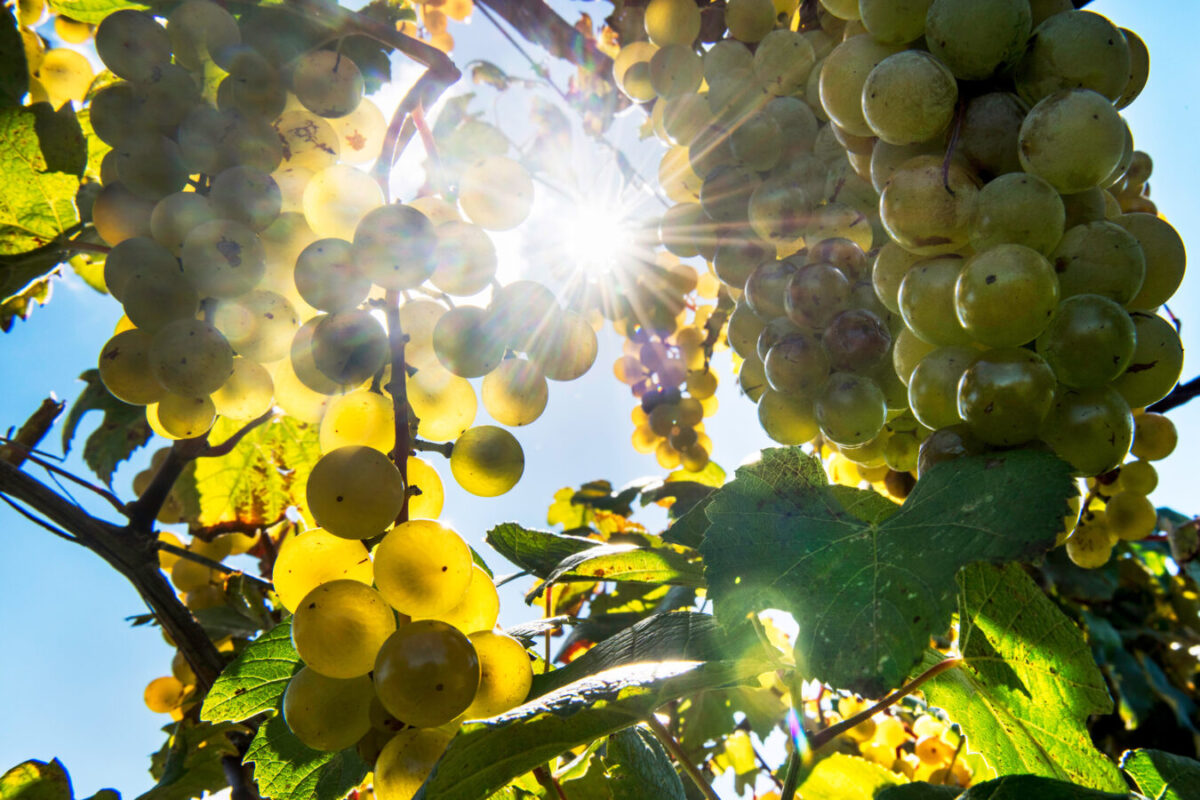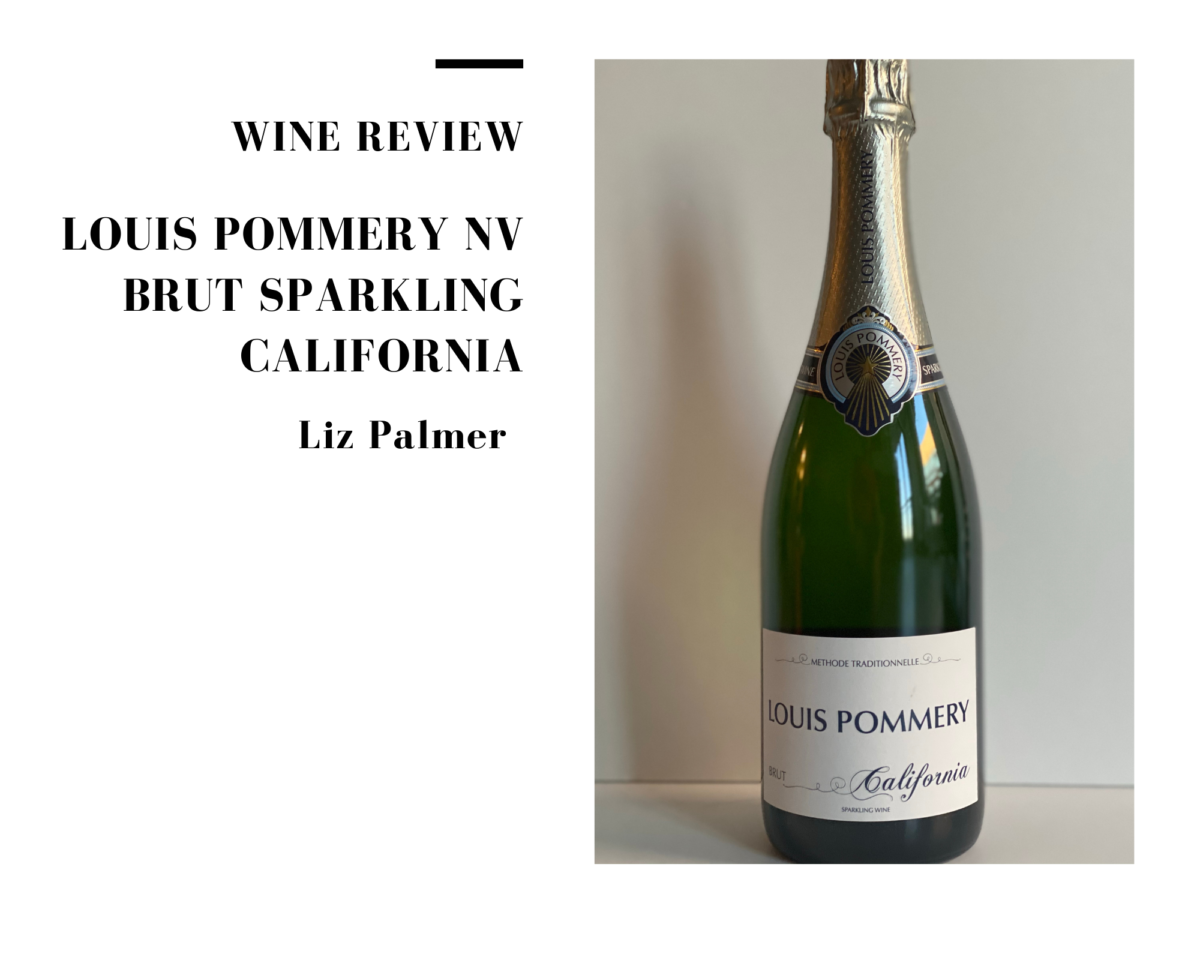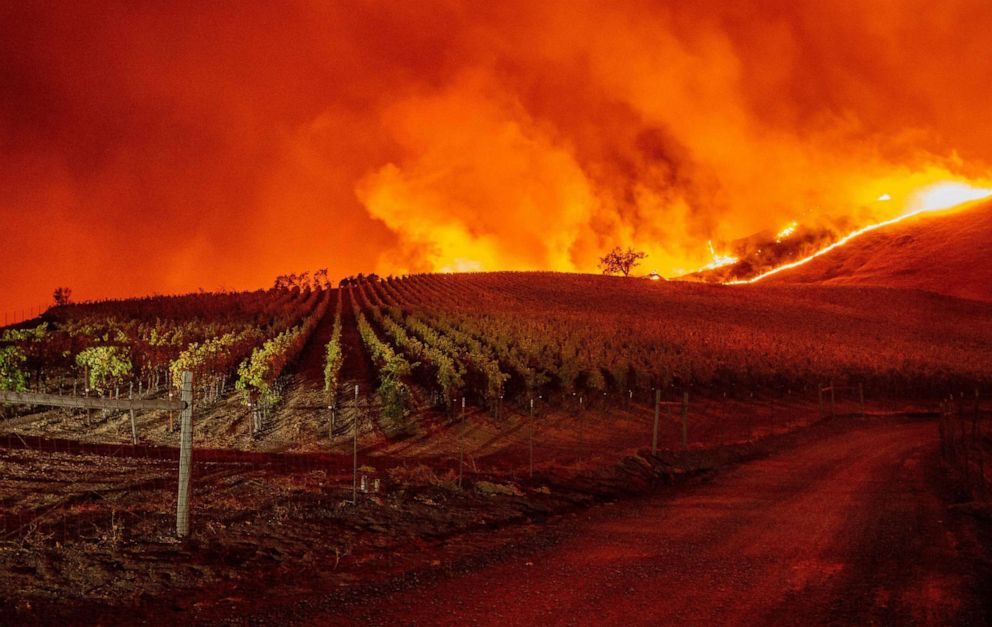Five Laws Impacting the Drinks World in 2021
http://www.spiritedbiz.com/five-laws-impacting-the-drinks-world-in-2021/
#wine #winenews #cocktails #wineeducation #hospitality #beer #Spirits #wineproduction #industrynews #cannabisdrinks #winelovers #wineeconomics #winebusiness #businessofwine #wineexporting #winewinewine

